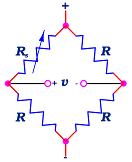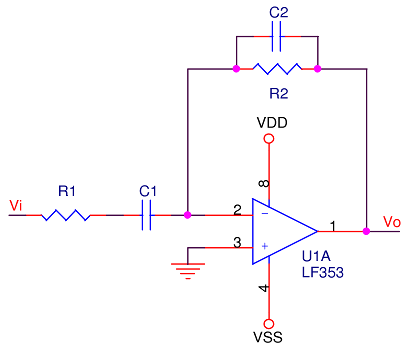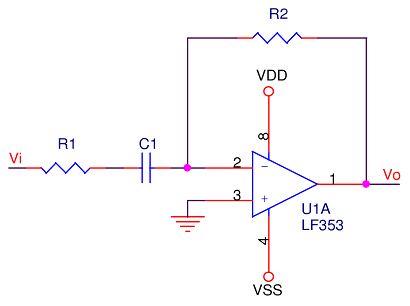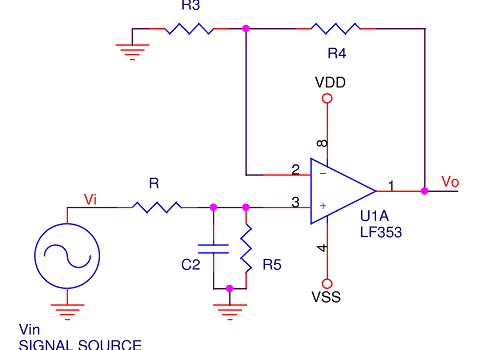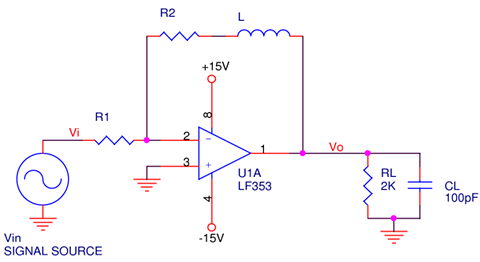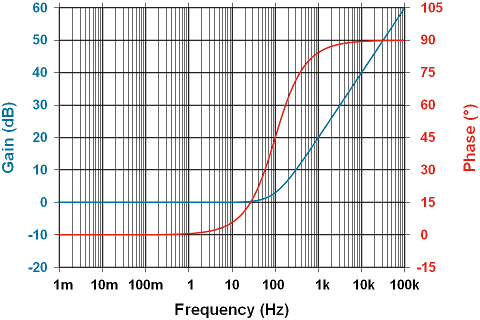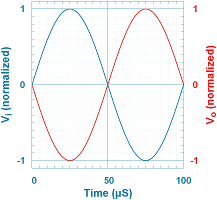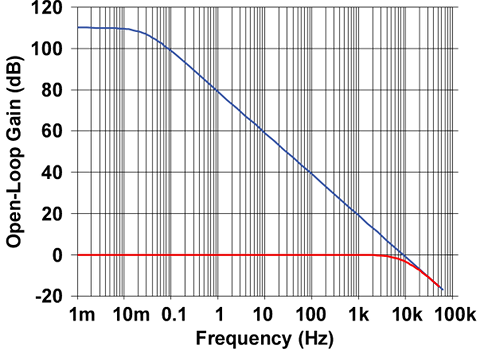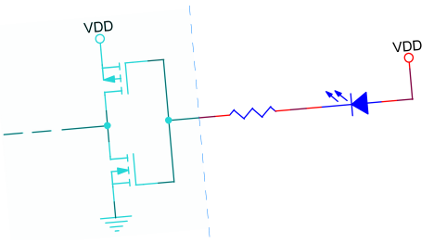
When designing electronics, occasionally a bug will catch me by surprise. In one of our current projects, a low-power stand-by mode is required. The lower the current, the longer the battery life, so work through all possibilities: switch the processor from a high-speed clock to the low-speed real-time-clock crystal at […]

